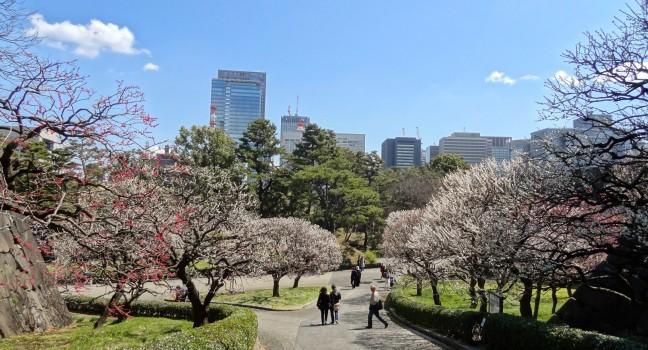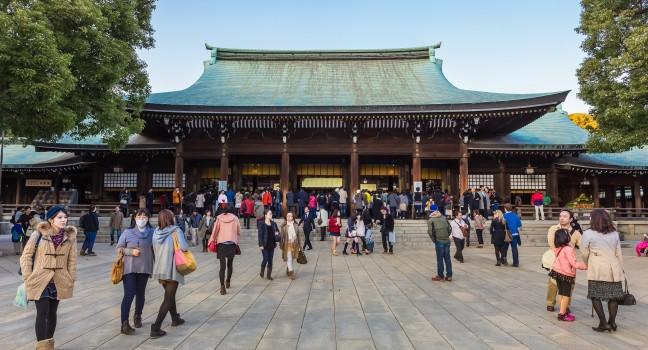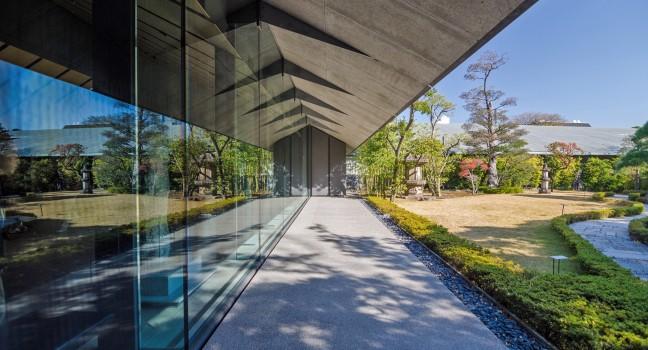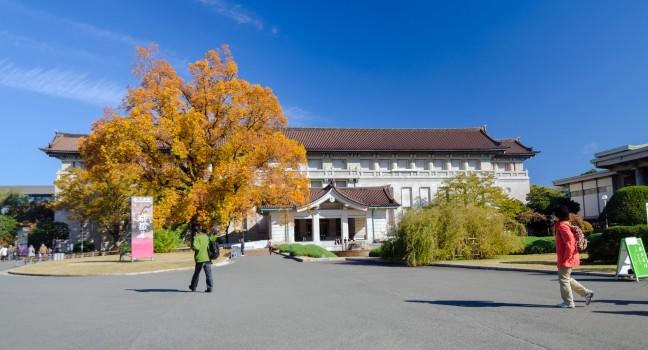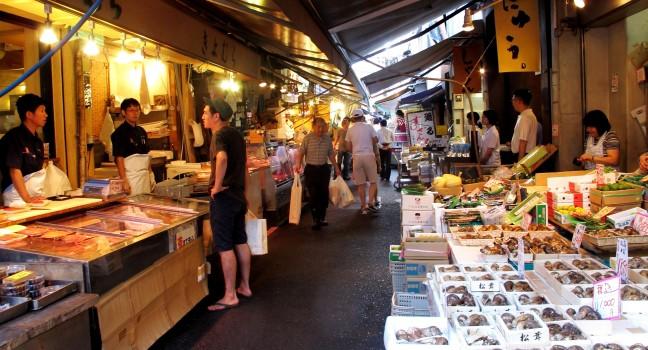Even for travelers with little interest in history or temples, this complex in the heart and soul of Asakusa is without a doubt one of Tokyo's must-see sights. Come for its local and historical importance, its garden, its 17th-century Shinto shrine, and Tokyo's most famous festival: the wild Sanja Matsuri in May. The area also offers myriad interesting shops, winding backstreets, and an atmosphere unlike anywhere else in Tokyo.
Established in 645, the bright red Main Hall has long been the center of Asakusa, though what you see today is a faithful replica of the original that burned in the fire raids of 1945. It took 13 years to raise money for the restoration of the beloved Senso-ji, which is much more than a tourist attraction. Kabuki actors still come here before a new season of performances, and sumo wrestlers visit before a tournament to pay their respects. The large lanterns were donated by the geisha associations of Asakusa and nearby Yanagi-bashi. Most Japanese stop at the huge bronze incense burner in front of the Main Hall to bathe their hands and faces in the smoke—it's a charm to ward off illnesses—before climbing the stairs to offer their prayers.
Unlike in many other temples, however, part of the inside has a concrete floor, so you can come and go without removing your shoes. In this area hang Senso-ji's chief claims to artistic importance: a collection of 18th- and 19th-century votive paintings on wood. Plaques of this kind, called ema, are still offered to the gods at shrines and temples, but they are commonly simpler and smaller. The worshipper buys a little tablet of wood with the picture already painted on one side and inscribes a prayer on the other. The temple owns more than 50 of these works, which were removed to safety in 1945 to escape the air raids. Only eight of them, depicting scenes from Japanese history and mythology, are on display. A catalog of the collection is on sale in the hall, but the text is in Japanese only.
Lighting is poor in the Main Hall, and the actual works are difficult to see. One thing that visitors cannot see at all is the holy image of Kannon itself, which supposedly lies buried somewhere deep under the temple. Not even the priests of Senso-ji have ever seen it, and there is in fact no conclusive evidence that it actually exists.
Hozo-mon, the gate to the temple courtyard, is also a repository for sutras (Buddhist texts) and other treasures of Senso-ji. This gate, too, has its guardian gods; should either god decide to leave his post for a stroll, he can use the enormous pair of sandals hanging on the back wall—the gift of a Yamagata Prefecture village famous for its straw weaving.
